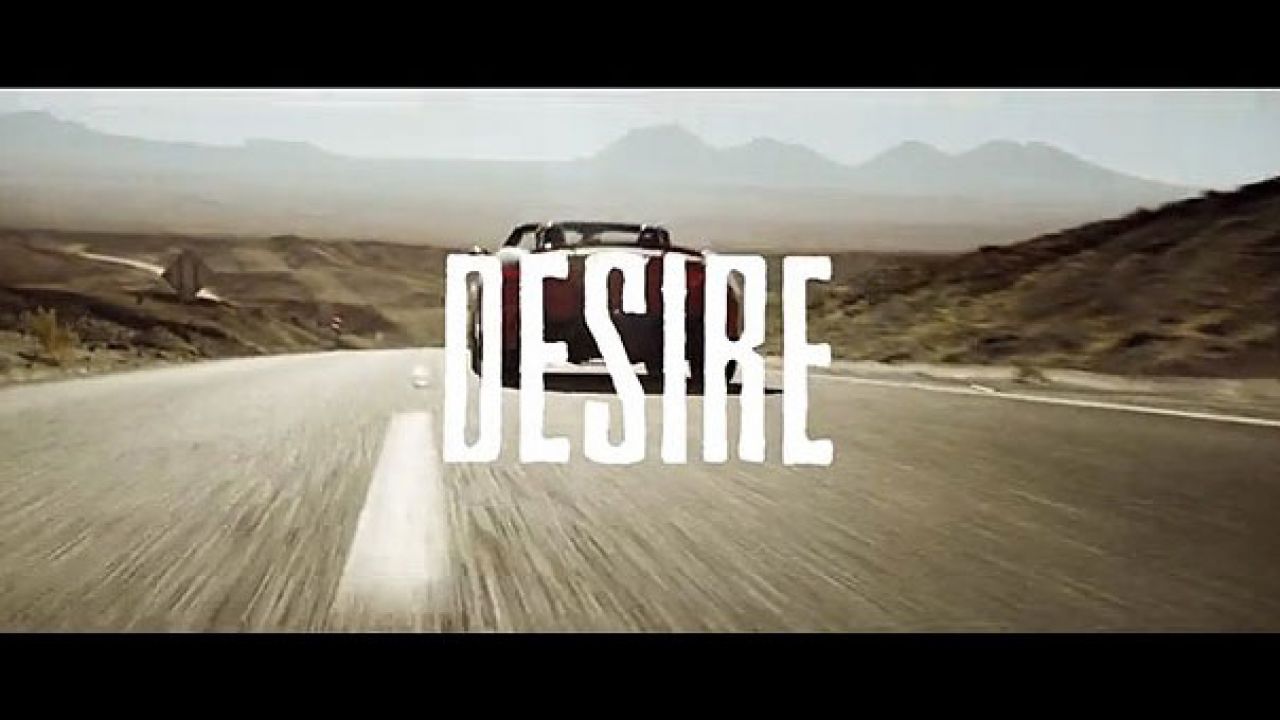There has been a lot of discussion in the branded content community since Jaguar launched the full-length version of its short film Desire.
The credits are impressive (created by The Brooklyn Brothers, produced by Ridley Scott Associates and directed by Adam Smith of Doctor Who fame). However, not all industry reaction to the film has been positive. For example, Interbrand’s Brandchannel.com dismisses it as poorly-targeted and derivative of the decade-old BMW branded film series, The Hire.
We have yet to see any claimed effectiveness data. YouTube views are currently just less than 200,000 so, despite the pre-launch hype, A-List talent (Damian Lewis, still basking in the Homeland afterglow) and Lana Del Rey soundtrack, Desire has not yet achieved the status of a branded entertainment phenomenon. Nevertheless, I think the film has advanced the craft of content marketing and offers lessons for all marketers with ambitions to tell richer stories about their brands than traditional TV advertising constraints allow.
In his recently-published book, Into the Woods. TV drama guru John Yorke explores the five act structure that lies at the heart of all storytelling, from Beowulf and Shakespeare to EastEnders and The Killing. Desire follows this structure faithfully and needs all of its 13 minutes and 29 seconds to draw us in and tell the story fully, while dramatising the new Jaguar F-TYPE, in a way that conventional advertising in bought media could never do. Applying Yorke’s structure, the plot goes like this:
Act One: The inciting incident
A long, winding desert road. A red Jaguar F-TYPE, driven by our protagonist (Damian Lewis), stops for petrol. Car and driver get hijacked by a glamorous runaway girl.
Act Two: The journey
They are pursued by the antagonist, the girl’s husband, a villain in hiding called Martinez (who it turns out Damian Lewis is delivering the car to). A classic car chase (but with comic touches that Tarantino or the makers of Breaking Bad would be proud of).
Act Three: The crisis
The point of maximum jeopardy: the delivery man and girl are cornered by the jealous husband and henchman.
Act Four: The climax
The release from the seemingly inescapable predicament: our Jag driver knocks out his pursuers, gives the girl her freedom and drives off with a still unconscious and gagged Martinez (“Like I said, I do deliveries”: delivery man turned bounty hunter?).
Act Five: The resolution
The tying up of loose ends, with all action resolved. Well, there’s a twist, and I won’t spoil it for you, but it makes sense of the opening sequence and shows us an unexpectedly darker side of the character dismissed by the villain as “Prince Harry”.
Desire offers inspiration to all marketers venturing forth in the dynamic world of branded content. We are so used to seeing cookie-cutter Euro stereotypes in car advertising that it’s refreshing to view Jaguar’s “story of betrayal, retribution, passion and greed” with its suitably complex and morally ambiguous protagonist. As the screenwriter Frank Cottrell Boyce, quoted by John Yorke, says: “The audience has to relate to your characters, but they don’t need to approve of them”. And the bravery of the client extended to signing off the delivery of a detailed list of product features at gunpoint.
We have blogged about how important it is for brands to construct a good narrative, not just in branded drama like Desire but in factual content too. There’s much to admire in IBM’s project to create “the world’s smallest movie”, the end product of which is a charming 90 second film called A Boy and his Atom, but the “making of” film would have benefitted from the application of Yorke’s storytelling principles. “We’re trying to make a movie using atoms” says an IBM researcher in the opening seconds. Now there’s an inciting incident if ever there was one. But the rest of the five minute film is disappointingly dull, with none of the jeopardy, things going wrong, personal crises and pay-offs that we invariably find embedded in all good factual entertainment programmes.
The question of how small you can make a magnet and still use it for data storage, and therefore how you can move 5,000 atoms magnified 100 million times to draw an animated picture, is potentially much more compelling and important to mankind than a car chase in the desert. But IBM and its content agency could have created a more riveting story had they applied the basic structural principles followed by Jaguar and synthesised with such clarity by John Yorke. The content marketing stakes are being raised all the time and, to create truly gripping stories, brands need to learn how to take their audiences on “a journey into the woods” because, as John Yorke says, “it’s in that journey that narrative shape is forged”.
Andy Bryant, Director, Creative

